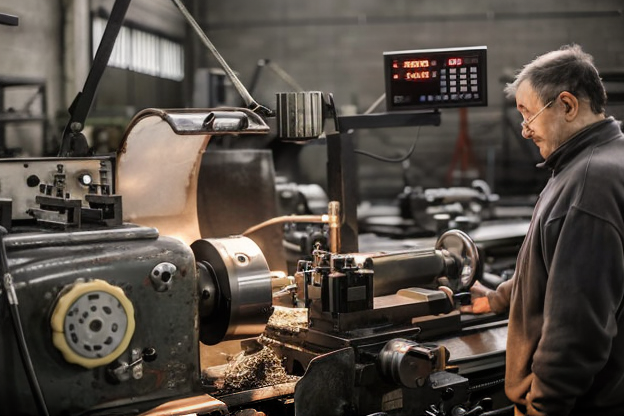The Advancement of CNC Technology in Sheet Metal Fabrication+ View more
The Advancement of CNC Technology in Sheet Metal Fabrication
+ View more
Date:2024-01-20 16:30
Sheet metal fabrication is one area that is enjoying the transformation brought about by CNC (Computer Numerical Control) machines. With energy efficiency and conservation becoming imperative in every industry, the manufacturing process—particularly large-scale operations that require a vast amount of power—needs to be as energy-stingy as possible. Conventional sheet metal methods were often labor-intensive, not especially precise, and didn't offer much in the way of convenient or affordable means to control the operation's cutting and processing stage. So, when the first power tools were introduced to the most variable and labor-intensive parts of the sheet metal process, they made those operations far more energy-efficient. Today, the CNC machines that control the cutting and processing stages of the operation are tools of precision that are almost as necessary for conservation as sustainable practices themselves.
The clear advantage of using CNC in sheet metal processing is that it removes the need for any additional heat treatment steps. Why? In traditional methods, after the part was made, the metal often needed some kind of heat treatment to ensure that its properties were what they were supposed to be. But with the way that CNC machining works, the precision is such that the part you're making has the same integrity and structure as something that would be made without any sort of heat treatment afterward. So right there, you're saving energy and conserving something that would need to be done in the timeline after the part came out of the oven when it should've gone straight to the CNC machine instead. So right there, on heat treatment alone, CNC wins.
The chance to work directly with this unexploited resource permits the consideration of new product designs that have not been thought viable before—what we might call a "design for innovation." At the same time, it positions us to address another opportunity: the sheet metal fabrication industry is not only a mature one in terms of the type of resources it puts to use but also a profoundly energy-hungry sector in which the ways of doing work make it inefficient by extant standards. Its diversification into using CNC technology cannot be overstated, and neither can its potential impact on energy consumption and the incitement of a genuinely innovative product development culture.
The clear advantage of using CNC in sheet metal processing is that it removes the need for any additional heat treatment steps. Why? In traditional methods, after the part was made, the metal often needed some kind of heat treatment to ensure that its properties were what they were supposed to be. But with the way that CNC machining works, the precision is such that the part you're making has the same integrity and structure as something that would be made without any sort of heat treatment afterward. So right there, you're saving energy and conserving something that would need to be done in the timeline after the part came out of the oven when it should've gone straight to the CNC machine instead. So right there, on heat treatment alone, CNC wins.
The chance to work directly with this unexploited resource permits the consideration of new product designs that have not been thought viable before—what we might call a "design for innovation." At the same time, it positions us to address another opportunity: the sheet metal fabrication industry is not only a mature one in terms of the type of resources it puts to use but also a profoundly energy-hungry sector in which the ways of doing work make it inefficient by extant standards. Its diversification into using CNC technology cannot be overstated, and neither can its potential impact on energy consumption and the incitement of a genuinely innovative product development culture.
Share to:
Recommend wonderful blog posts

